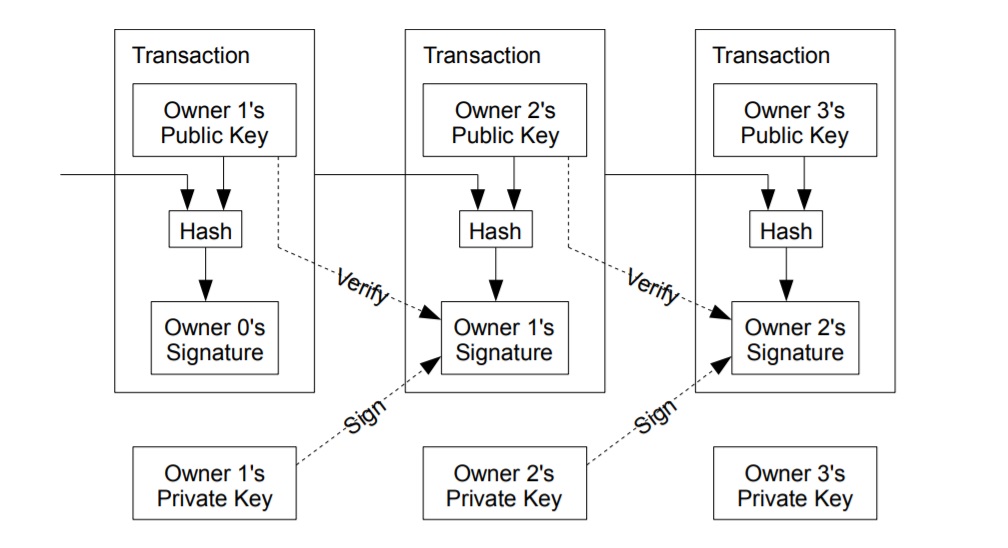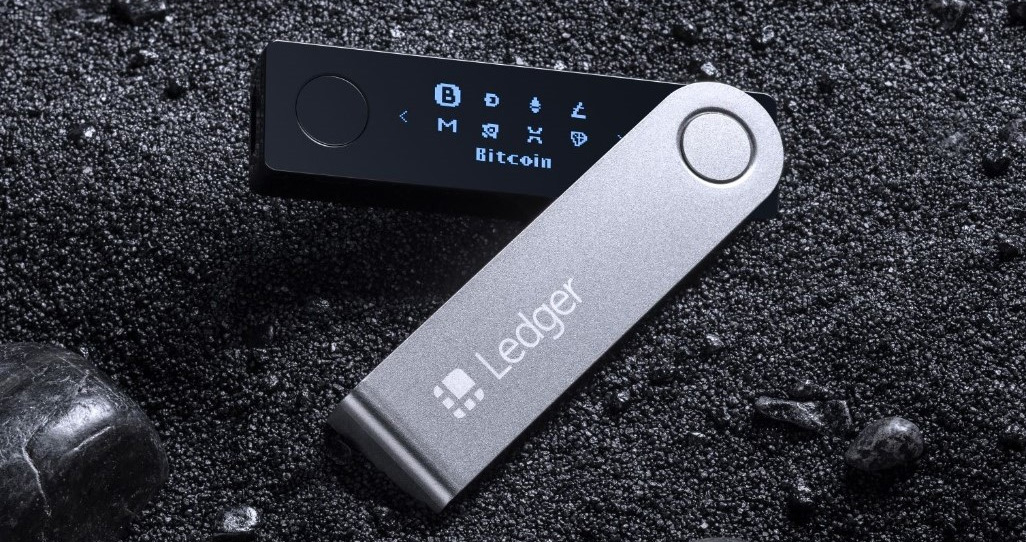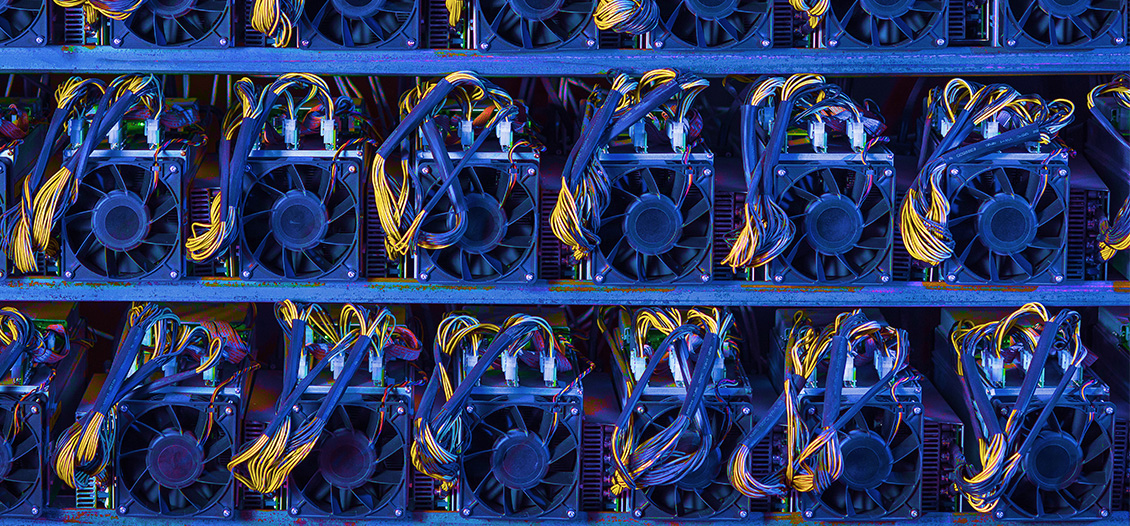Basics of Bitcoin & How It Works
Hedge With Crypto aims to publish information that is factual and accurate as of the date of publication. For specific information about a cryptocurrency exchange or trading platform please visit that provider’s website. Hedge With Crypto does not provide financial advice nor does it take into account your personal financial situation.
TABLE OF CONTENTS
Bitcoin is a digital currency payment network developed in 2008 outside existing governing financial systems. Satoshi Nakamoto outlined the parameters of Bitcoin in the white paper as a “Peer-to-Peer Electronic Cash System” without intermediaries from financial exchanges. Bitcoin aims to create a transparent, immutable, and censorship-resistant digital currency for sending payments from one party to another. It was the first blockchain network to become mainstream and launch a new asset class known as cryptocurrencies.
Key facts about Bitcoin include:
- There will only be 21 million Bitcoins ever created.
- 18.92 million Bitcoins have been created so far.
- The current mining reward is 6.25 BTC per block mined.
- Roughly 900 BTC are mined every day based on the current reward.
- The last Bitcoin is expected to be mined in the year 2140.
- The average speed to send Bitcoin is 11 minutes.
This Is What Can Bitcoin Be Used For
Bitcoin has many use cases or applications that depend on the person who purchased or transferred the digital asset. The primary purposes of Bitcoin include as an investment, as a store of value or recession-proof investment (e.g., digital gold), and to transfer value to another person or business over the internet. Several companies accept Bitcoin as payment for goods and services. A recent example is the social media company Twitter, which launched a new tipping feature. Users can gift money in the form of Bitcoin to Twitter accounts in the form of a tip.
Pros & Cons of Bitcoin Explained
Bitcoin was developed as an alternative currency to the broken financial system. The pros of using Bitcoin for digital payments are that it's censorship-resistant, meaning any third party cannot alter its network and usability. It is also immutable and transparent, meaning every transaction on the Bitcoin blockchain can be seen by anyone, which can help decrease loose ends in any organization. Furthermore, Bitcoin does not rely on intermediaries to process transactions. Thus reducing processing speed and Bitcoin transaction fees for cross-border transactions compared to traditional finance.
What about the costs? How much it costs to send a Bitcoin transaction.
| Bitcoin Pros | Bitcoin Cons |
|---|---|
| No central authority or Government can control it | Transactions are slow for everyday purchases |
| Limited supply that cannot be manipulated | Not widely accepted as a form of currency |
| Widely accessible with increasing liquidity | Faces unknown regulatory risk by Governments |
| Solves the double spend problem | Difficult to use as currency due to high volatility |
| Transactions are verifiable on a public ledger | Steep learning curve to buy, hold and send |
| Bypasses traditional banking fees | Hard to reverse a transaction once made |
On the other hand, Bitcoin is a relatively slow network compared to other forms of payment, such as credit cards and other cryptocurrencies. One of the biggest risks with Bitcoin is regulation and Government policies. As an unregulated asset or form of currency in most countries, Governments can ban Bitcoin at any time.
A recent example is China, which blacklisted Bitcoin, mining, and any banks dealing with cryptocurrencies. Another limitation is the high energy resources required to mine Bitcoin to validate transactions and create new Bitcoins.
This Is How Bitcoin Works
Bitcoin is an open, secure, and public decentralized payment system. The blockchain network, wallets, and Bitcoin miners are its three major components. Each is vital in sending, verifying, and receiving Bitcoin from one wallet to another.
1. Blockchain Network
Bitcoin was the first cryptocurrency to use blockchain technology to track every transaction cryptographically. As the name implies, the blockchain is a distributed digital record that accounts for every transaction on the network. It is made of blocks that can fit a specific number of transactions. Every transaction contains a date, time, total value, buyer and seller, and unique identifying code.
The blockchain is a distributed public ledger, meaning everyone can access it, and every transaction can be viewed and audited by the public. This makes it possible to trace Bitcoin by finding the Bitcoin transaction ID. The blockchain uses cryptographic logic to track accountable wallet balances. Each transaction then helps the network keep track of the exact wallet balance, as the network uses chronological block order to do so.

2. Bitcoin Miners
Miners are what make the Bitcoin network operate. They provide the necessary processing power to verify transactions on the blockchain and keep balances in check. Miners are rewarded for their network contribution; however, Satoshi Nakamoto added a condition that increases the pay-out difficulty based on the number of miners that make up the network. Miners are the ones who change the numbers in users' wallets and make sure that transactions are approved between users.
Moreover, Bitcoin halving was introduced after the genesis block in 2009 to moderate the speed at which new Bitcoins are rewarded to miners. Essentially, the halving occurs roughly every four years and reduces the miner's reward for each block. This increases the network's longevity by continuing to incentivize Bitcoin miners without endangering the value of the network too quickly.
3. Bitcoin Wallets
Bitcoin wallets are a major component of transactions on the Bitcoin network between persons. Wallets can be physical devices, software, or mobile phone applications. Each type of Bitcoin wallet comprises two critical components of a Bitcoin wallet to send and receive transactions on the blockchain.

The first is the public key, or a user's Bitcoin (username), which people use to send and receive transactions. The public keys are cryptographically generated and include a hash number that anyone can share. There are minimal risks associated with sharing the wallet address unless users want to stay somewhat anonymous. An example of a public address for Bitcoin is shown below. However, the most common representation is a unique QR code that can be copied and pasted easily to send Bitcoin to another wallet.
1AHRa5Q9Jt1uhWAxL417oE79ikXhwM6gAe
Secondly, private keys are the seed phrases used to sign off transactions. Bitcoin private keys are secret numbers that prevent other users from accessing their wallets, protecting them from theft. A private key also helps users access their Bitcoin wallets from anywhere in the world. The key can also recover Bitcoins from a hardware wallet that has been physically lost or stolen. An example of a Bitcoin key in the hexadecimal format is:
E9873D79C6D87DC0FB6A5778633389F4453213303DA61F20BD67FC233AA33262
In most cases, Bitcoin owners will not use the private key in its numerical value to access their wallets. Instead, each Bitcoin wallet generates a simple root seed phrase (like a password) to encode the private key for ease of use.
Let's Explain Bitcoin Mining
Bitcoin implements a consensus mechanism called proof-of-work, where miners solve complex mathematical equations to add new transactions to the blockchain. Bitcoin's consensus mechanism denotes that new blocks are generated and added to the blockchain approximately every 11 minutes.
Bitcoin mining involves powerful supercomputers that solve mathematical equations. In return, the miners are rewarded with a fee of 6.25 BTC per block, added to the circulating supply as new Bitcoins. As the Bitcoin network is self-regulatory, the difficulty of solving an equation increases according to the number of active miners on the network. As a result, miners use Bitcoin mining pools by adding all the processing power together to increase the chances of receiving the miners' reward. Some of the most popular mining pools are Slush Pool, Binance Pool, AntPool, and BTC.com.

ASIC miners, heavy energy-dependent machines, are used to mine Bitcoin. Mining Bitcoin was initially profitable using mobile phones and consumer-grade video cards; however, as computation demand increased, video cards could no longer meet the network demands. Individuals who build their own Bitcoin miners and join a pool of multiple miners can increase the likelihood of finding a block reward. The Bitcoin mining rig is connected to software via the Internet or other communications technology, which integrates the hardware into the Bitcoin network. The software can monitor performance, power consumption, and earnings. It is, therefore, essential to pair the mining rig with the Bitcoin mining software to optimize and manage the mining process.
In short, Bitcoin mining is adding new blocks to the blockchain by solving complex equations containing a group of transactions over a set period. Miners are also validators, ensuring that transactions are approved and added to the network.
Related: How to mine Bitcoin: What you need to know.
Bitcoin Is Relatively Safe
There are many factors to how Bitcoin has been designed that make the blockchain secure to use. Bitcoin uses cryptographic data to conduct Peer-to-peer (P2P) transactions. Each transaction on the network is irreversible and permanently stored on the blockchain. Applying unique private keys and digitally encoded transactions protected by Elliptic curve cryptography is nearly impossible to penetrate successfully. As any government or central body does not develop Bitcoin, its value is assisted by the trust users place in its network and its growing adoption. To date, the Bitcoin network has never been hacked or compromised.
Considering Bitcoin As An Investment
Bitcoin and other cryptocurrencies such as Ethereum, in general, are highly volatile assets because they are part of an unregulated market. Bitcoin is a new market and does not have price stability. However, Bitcoin's volatility has an upside because it can generate high gains, so investors are increasing their exposure with Bitcoin price estimates by industry experts of more than $100,000 within the next 12 months.
Buying cryptocurrencies such as Bitcoin can be a good investment despite frequent price corrections and growing concerns around regulations. Bitcoin's price has historically outperformed traditional assets each year. Furthermore, according to research by Charlie Bilello from Compound Capital Advisors, Bitcoin has produced an average annualized return of 230%, more than ten times higher than the second-ranked asset class. Most industry experts anticipate the volatility to reduce as the industry matures, thus reducing the possibility that Bitcoin will ever crash to zero.
Ready to invest? Read our guide on how to buy Bitcoin for a step-by-step tutorial on the best way to buy Bitcoin.
Storing Bitcoins
Bitcoins are stored in digital wallets. Each wallet is a unique string of 30 letters and numbers that help convey user anonymity and use a seed phrase that helps recover the wallet on any device. There are also two types of Bitcoin wallets: cold and hot wallets.
- Hot wallets are continuously connected to the internet but don't necessarily have to download the entire block history to update the token value. Examples of hot wallets include Bitpay, TrustWallet, or cryptocurrency exchange account wallets such as Coinbase. However, hot wallets are less secure because they allow hackers to exploit users' assets. There have been many instances of crypto exchanges being hacked.
- Cold wallets can store data and assets offline and need to sync to the Bitcoin network to process and update transactions. An example is the Ledger Nano X and Trezor, which will cost between USD 60 and USD 150. Cold wallets are physical devices that can be stored and are generally safer than hot wallets because there are lower chances of being hacked. For further information, read our comparison article on the best hardware wallets for Bitcoin.